Car giants are pulling a U-turn on their EV plans – here's how Ford, Hyundai, Volvo and more are changing course
Dreams of a pure EV line-up by 2030 have been shattered
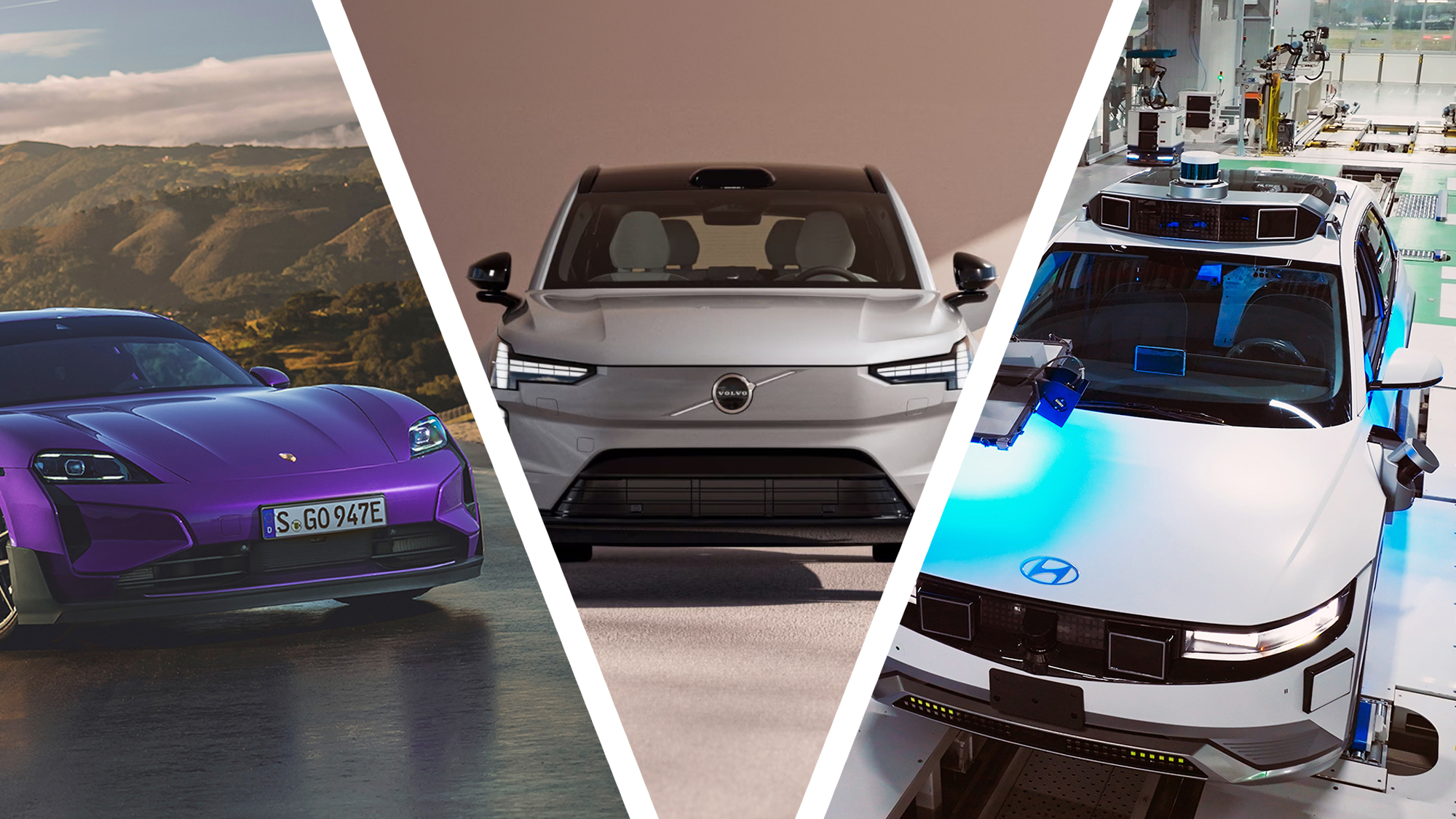
It's easy to lose count of the number of times a global car giant has waxed lyrical about its plans to strip its line-up of the combustion engine.
Nissan’s president and CEO, Makoto Uchida, said his company would only sell EVs in Europe by 2030 at the launch of its fittingly-titled Concept 20-30 model last year, while Kia said it planned to sell 1.6 million pure-electric vehicles by that date.
I personally attended both of the aforementioned launch events and numerous chats I’ve had with high-ranking executives over the past few years have all seemingly led to the conclusion that the days are numbered for the diesel and petrol engine.
But what a difference a year makes. Not only have some of the world’s most influential political parties flip-flopped and backtracked on imposed deadlines for banning sales of all new internal combustion engine passenger cars, but global automakers have been similarly noncommittal.
Stellantis, which owns Chrysler, Citroen, Dodge, Peugeot, Jeep and many more widely recognized automotive brands, said it was investing more than €50 billion in electrification over the next decade to meet EV sales targets, but those too have been tempered.
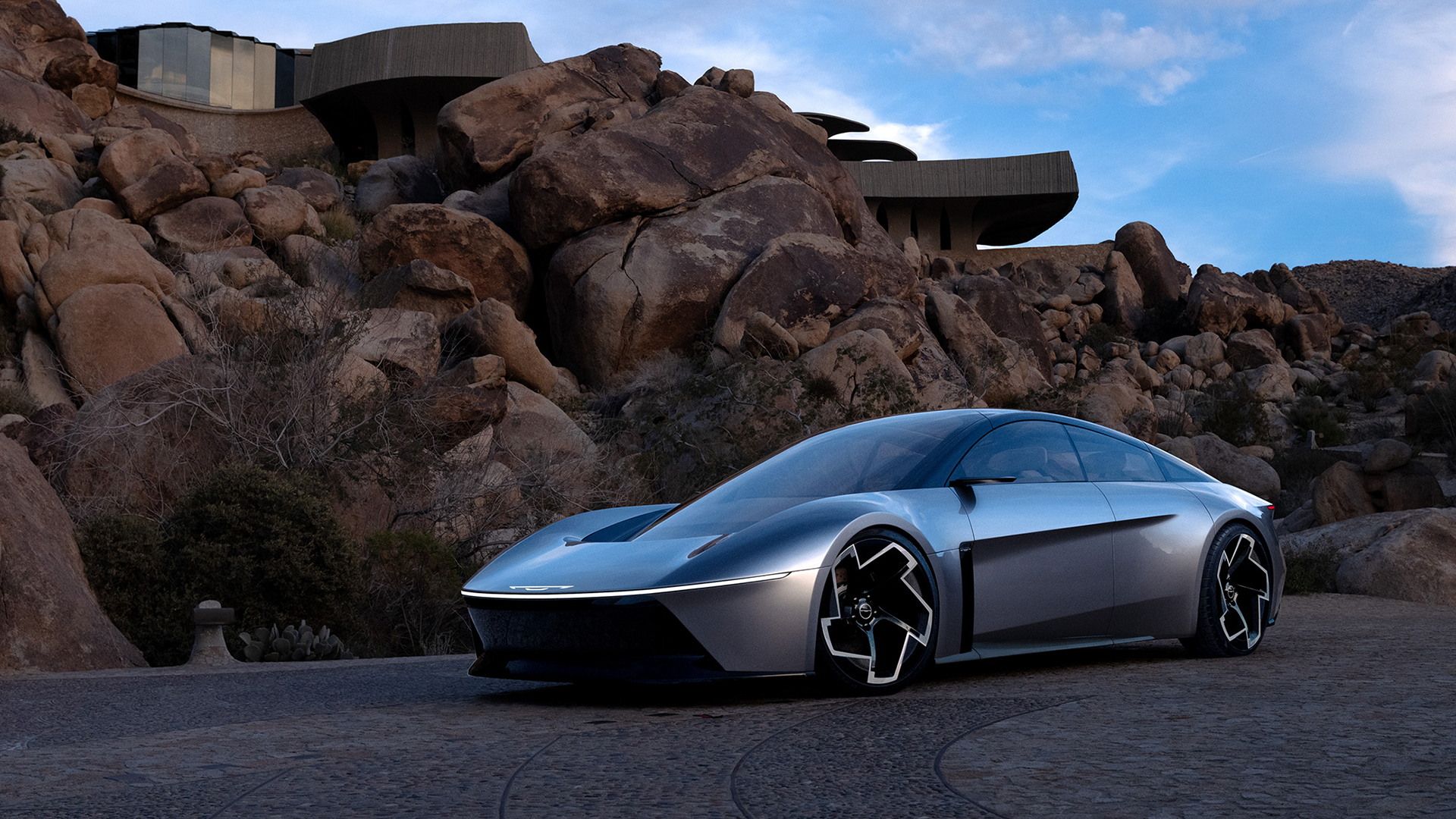
Carlos Tavares, Stellantis CEO, went so far as to warn of an impending "bloodbath" as companies raced to the bottom in an attempt to compete with cheaper Chinese rivals.
As a result, there has been a change in the discourse, with a renewed focus on hybrid vehicles – those that are powered by both battery packs and electric motors – as well as a small internal combustion engine.
Get daily insight, inspiration and deals in your inbox
Sign up for breaking news, reviews, opinion, top tech deals, and more.
Hyundai, for example, experienced a record-setting August in the US, with the Ioniq 5 driving sales. But hybrid versions of that model really drove the growth, with sales climbing 81 per cent, while retail EV sales were up 27 per cent.
Waning demand for pure EVs, fierce competition from cut-price Chinese models, a lack of government incentive for electric vehicle purchasing and the continuing threat of misinformation, range anxiety and general EV apprehension appears to be stunting the growth of the market.
Due to this, a glut of major automotive players have decided to stem the flow of financial losses (investing in EV design and manufacturing isn’t cheap) by pumping the brakes on ambitious EV targets.
Here’s what they promised and their new plans going forward…
Ford
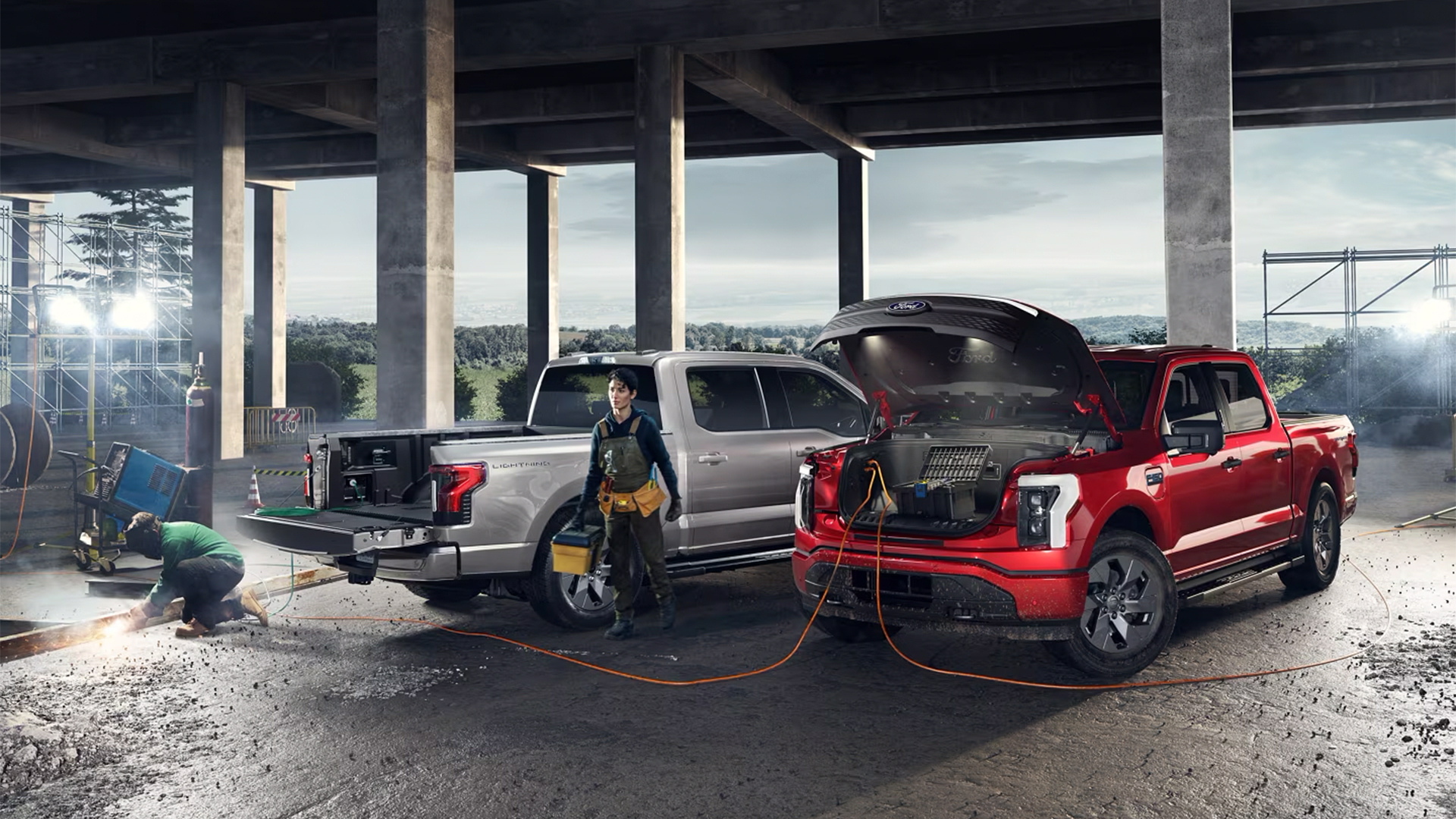
- Hoped to produce two million EVs a year by 2026, has since ditched plans for a seven-seat SUV and delayed next-generation pick-up until 2027
North American automotive powerhouse, Ford, had ambitious EV plans and targets just a couple of years ago, stating (like so many others) that its European sales would be all-electric by 2030.
But a slowdown in demand for its Mustang Mach-E and Ford F-150 Lightning pick-up in the US has meant the company has been forced to pull a U-turn.
"An affordable electric vehicle starts with an affordable battery," Ford CEO Jim Farley said in the statement. But it appears the company is struggling to make the margins it needs to qualify EVs as a sales success, thanks in part to licensing much of its battery technology from China.
The move, which is replicated across the wider automotive industry, means that China is in control of pricing and, perhaps unsurprisingly, is offering that technology cheaper to domestic manufacturers, which is part of the reason why it can be so competitive on sticker price.
For the time being, Ford is decreasing its overall investment in pure EVs, diverting some of those funds to meeting a renewed demand for hybrid vehicles. The company says it will update on its plans in 2025, but has otherwise pinned hopes on a new, more affordable EV platform that it hopes to unveil in 2027.
Hyundai Motor
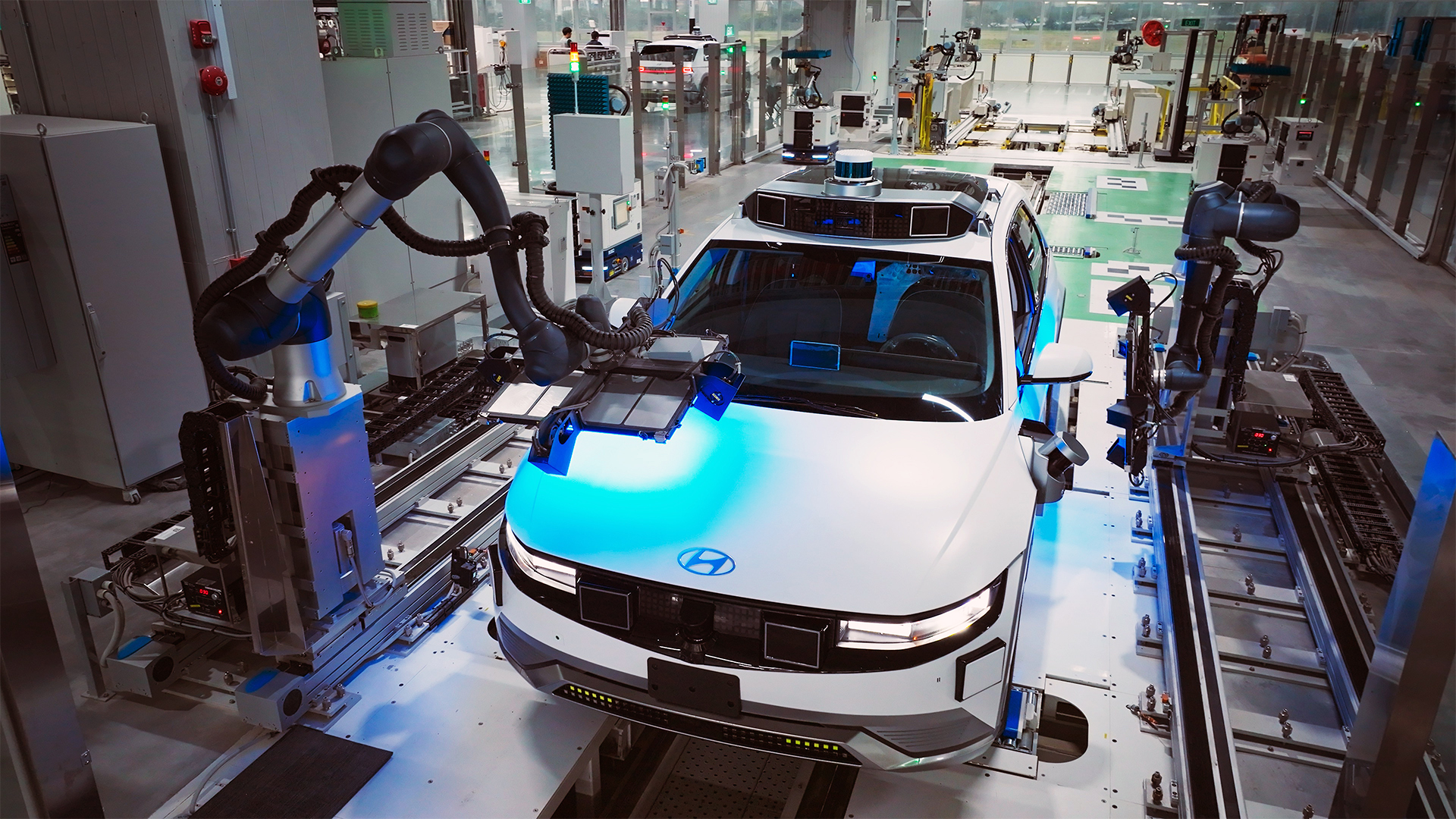
- Sticking to target of two million EV sales by 2030, but will double the number of hybrid models in its line-up by 2028
Hyundai Motor Group, which includes Kia and Genesis, is ranked the world’s number three in terms of overall vehicle sales, sitting behind Japanese giant Toyota and the Volkswagen Group.
A major global player, it too had ambitious EV targets. Rewind a year to sister company Kia’s inaugural EV Day and there wan’t a single mention of hybrid vehicles, but Hyundai has now acknowledged a slowing of demand for pure EVs.
During a recent investor’s day, it said that it will focus its attention on a number of "extended-range EVs" – or battery-electric vehicles that use a combustion engine as a generator to charge the battery packs.
There will also be a number of new Plug-in Hybrid Electric Vehicles as the line-up effectively doubles in the coming years, with Hyundai Motor President and CEO Jaehoon Chang stating that the “speed of conversion to electric vehicles has been slowing” and that hybrids are becoming a “basic option rather than an alternative to internal combustion engines”.
Volvo
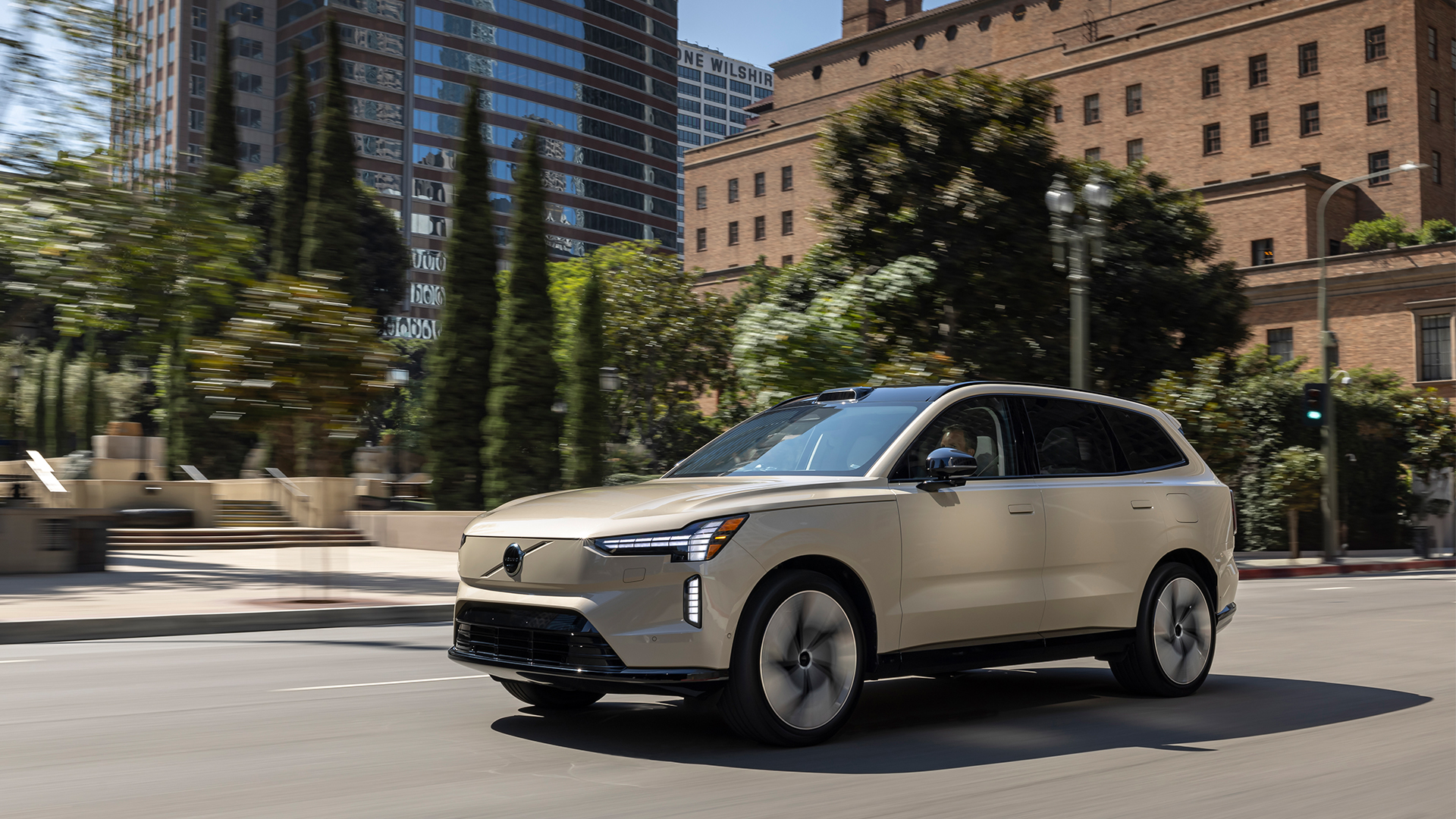
- Planned to become a 100 per cent EV brand by 2030, will now introduce an increasing number of hybrids
Swedish brand Volvo was among the first to set out its pure electric stall, stating way back in 2021 that it would be 100 per cent electric by the year 2030.
Alas, it is another manufacturer to reel-back those ambitious plans and sprinkle in a growing number of hybrid vehicle mentions in its most recent statements.
Its latest pure EV offering, the excellent EX90, faced years of delays thanks to software problems and an underestimation of the difficulties involved in making a suite of Lidar, ultrasonic sensors, cameras and Nvidia’s next generation System-on-a-Chip all talk to each other.
But the company is on track to offer a pure electric version of every car in its current line-up, aside from the V90 and V60 estate models that it recently reintroduced.
The brand, which is owned by Geely and considers Polestar as a close sibling, says its long-term goal remains to become a pure EV brand, but it will continue to sell combustion engine cars into the 2030s.
This week, Volvo took the wraps off its very handsome mild-hybrid and plug-in hybrid XC90 model that, thanks to a lack of whopping Lidar on the front of it, arguably looks better than its all-electric EX90 counterpart. There’s no prizes for guessing which one will sell more.
Porsche
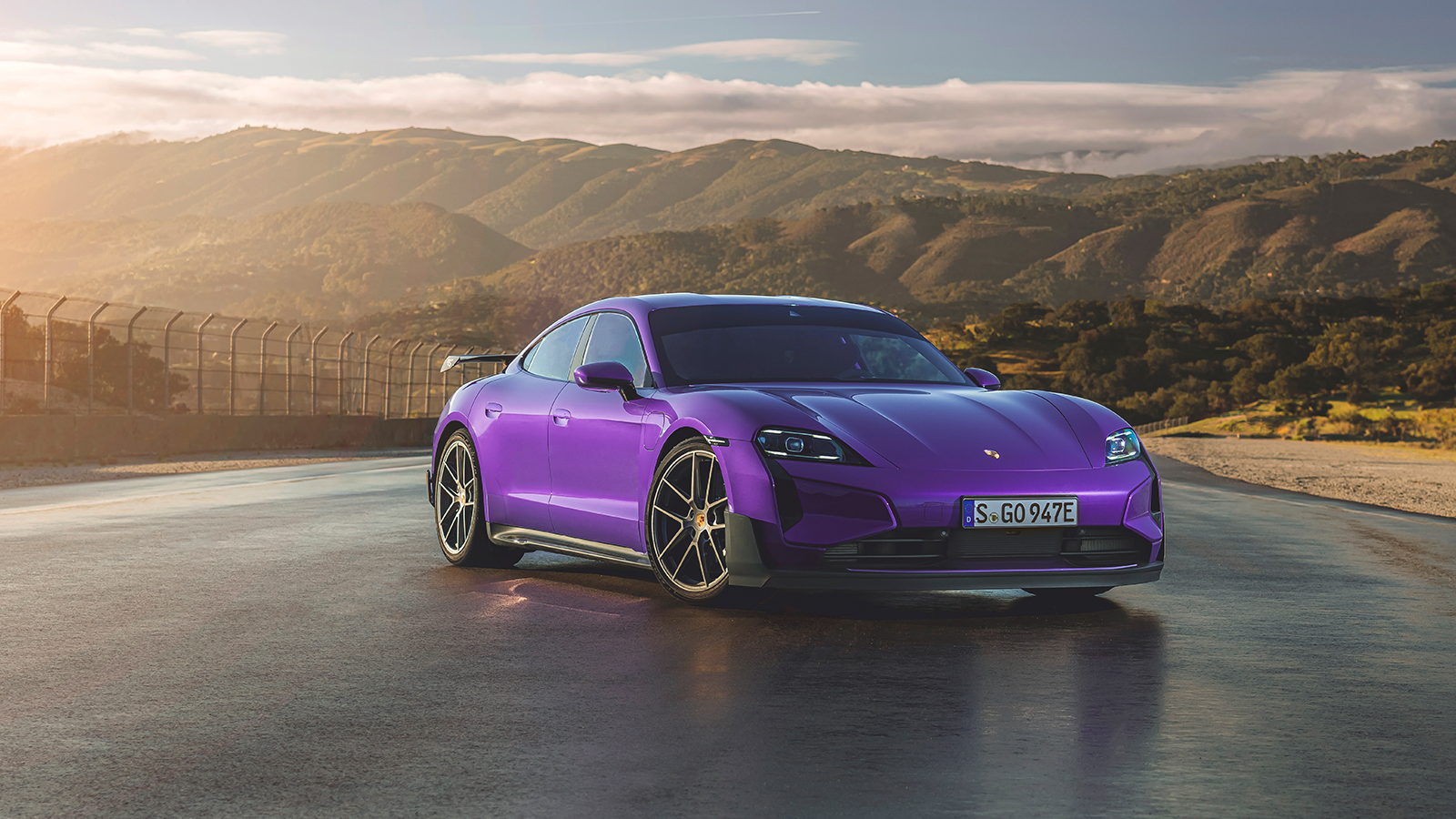
- Was aiming for 80 per cent of sales to be all-electric by 2030, will now continue to develop and push combustion engine technology
Just last month, Porsche admitted that its transition to electric cars was “taking longer than we thought five years ago”, according to a statement, claiming that it could only still deliver on its promises should customer demand exist and the wider "development of electro-mobility".
Instead, the company will continue with its 'double strategy', which essentially means pushing on with the development of the internal combustion engine in line with increasing levels of electrification.
This means that some Porsche model lines, which were tipped to become pure EV, will now see petrol and hybrid versions live on long beyond their proposed retirement dates.
However, the move isn’t just a Porsche issue, as fellow German giant Mercedes-Benz also scrapped its 2030 pure EV targets in favor of combustion engine and hybrid models, which it says it will continue to sell into the next decade.
You might also like

Leon has been navigating a world where automotive and tech collide for almost 20 years, reporting on everything from in-car entertainment to robotised manufacturing plants. Currently, EVs are the focus of his attentions, but give it a few years and it will be electric vertical take-off and landing craft. Outside of work hours, he can be found tinkering with distinctly analogue motorcycles, because electric motors are no replacement for an old Honda inline four.